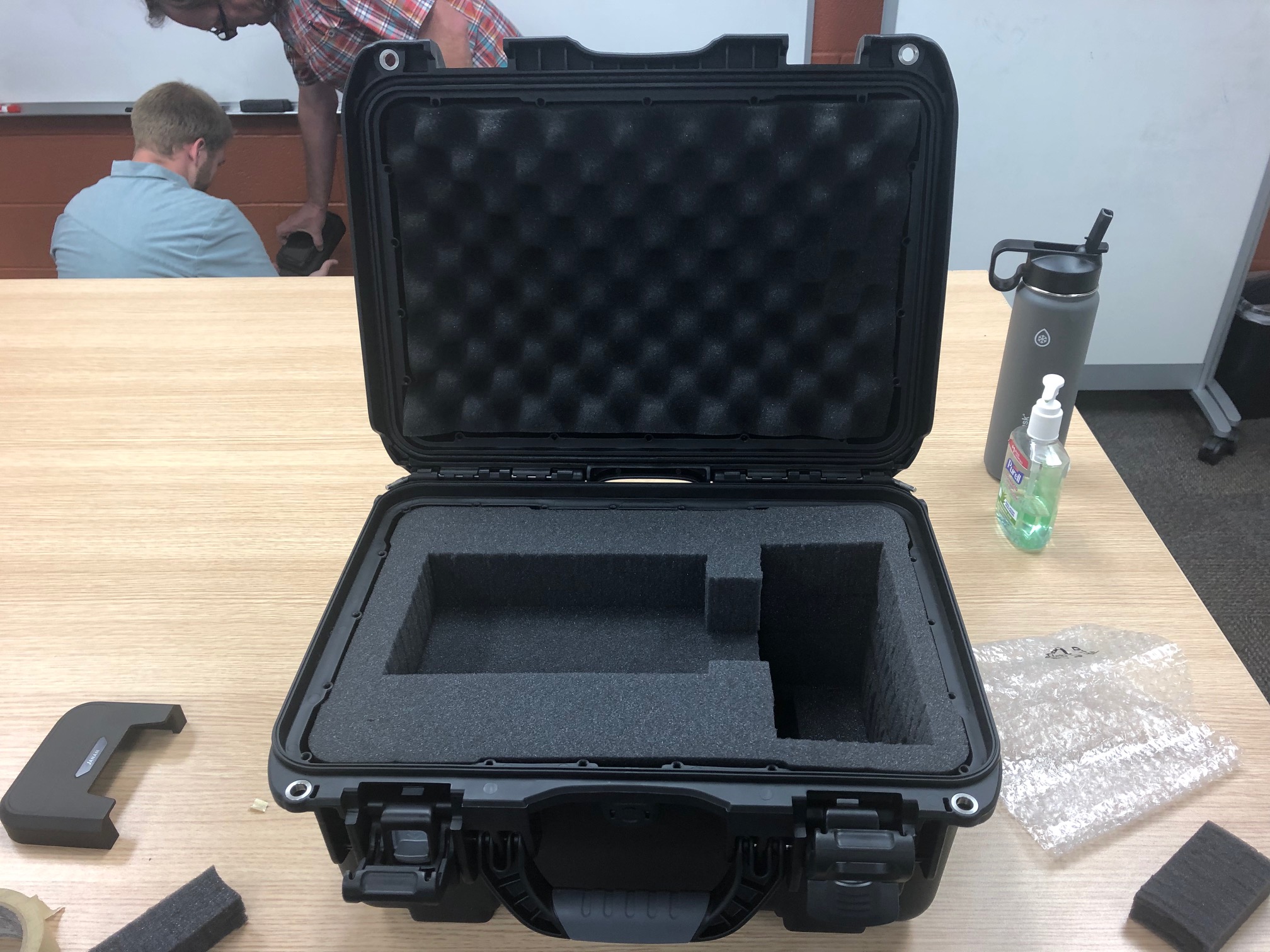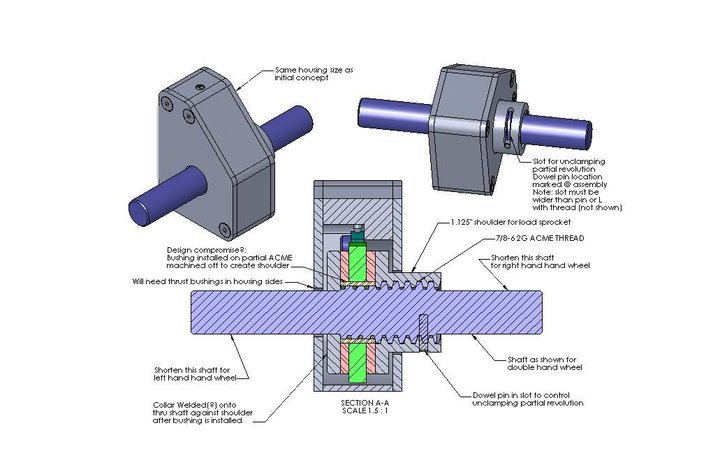If you’ve been acquainted with SGW Designworks for a while, you know we are vocal champions of our clients’ successes. In our company’s history, we’ve worked with industry leaders in agriculture equipment, consumer, industrial, and IoT markets to develop a host of groundbreaking products — and even had a role in developing the technology instrumental to the world’s first virtual reality gym.
Because we believe in our clients, we also believe in giving frequent shout-outs when their products make the news or receive well-deserved accolades.
But not all projects lend themselves to that kind of transparency.
For various reasons, most prototypes are safeguarded or kept under literal lock and key during the development process. But some projects require complete confidentiality — at times, long after a product has been developed and delivered.
In some cases, we’re even legally forbidden from disclosing our relationships with certain clients. Specifically, when product development firms work with government and military groups, there are especially stringent protocols in place. We’ve also seen strict guidelines when developing ground service equipment (GSE), and when working with clients in the medical device and operable wall industries.
Why Confidentiality in Product Design and Development Is so Important
We may not technically be CIA agents, but as engineers, product designers, and developers, we often work like them. In fact, sometimes prototyping is as much a clandestine operation as any secret mission. We gather intelligence (and rely on a constant stream of information from our clients), we fiercely guard that intelligence (trade secrets or product secrets) by implementing various security protocols, and we use discovered information to complete our mission.
Why all this secrecy?
Due to the risk of copycats and imitators, it’s crucial that a client’s inventions, ideas, designs, and all proprietary information be protected. This competitive threat is a potential risk for both enterprise organizations and smaller companies like startups and inventors.
Companies within most industries are concerned about protecting their product designs or trade secrets, but depending on the size and tenure of the organization, they may approach these concerns differently. Regardless of what companies we’re working with, however, we take confidentiality in product design and development seriously. Starting with documentation, we put a number of measures in place to ensure that proprietary information remains only in the proper hands.
Since larger organizations typically have their own legal departments, they usually provide us with their own non-disclosure agreements that are signed by both parties. In the case of startups and smaller companies, however, they may not have a non-disclosure agreement or confidentiality agreement (referred to as an NDA or CA, respectively) in place. In these instances, we provide an NDA that has worked well for years.
Additional Ways We Protect Client Information
As we mentioned earlier, an NDA is a crucial part of protecting details related to the development of a client’s product. Additionally, we implement the following protocols that illustrate how we prioritize confidentiality in product design and development:
- Comprehensive employee training to ensure staff members understand our confidentiality policies and treat our clients’ intellectual property appropriately throughout the entire product development process.
- Our secure server acts as a storage vault for sensitive product development files.
- We perform market research as well as supplier and vendor communication under a mutual NDA, unless otherwise directed by the client.
- Secured access to onsite prototyping and storage facilities.
- Visitors to SGW Designworks are escorted at all times.
- All prototypes, models, presentations, and client materials are privately and securely stored until a product becomes publicly available.
- Mutually established trust (along with NDAs/agreements) with factories during sourcing and manufacturing. Because we do a high volume of business with our partners, just one breach of confidentiality means a supplier risks losing, not just the client’s program, but all of our business.
At times, a high level of security presents us with a challenge: how do we align with industries and organizations if they don’t always know if we’re specifically experienced in developing products relevant to their industry? We must get creative with how we talk about certain projects.
For instance, take a look at the image of this custom box (below). While we can’t mention what went in it, this is the very first physical manifestation of a new product — a prototype we designed and built. And what we can say is that it is incredibly valuable to our client, and we shipped it out with care and pride.

Sometimes our work is very much in the public eye, and we are able to proudly share news about finished projects in our online product portfolio. Other times, we must conduct what one might call a “covert operation” — for the duration of a professional relationship.
Whatever level of confidentiality the project demands, our primary objective is to successfully collaborate with our clients to develop innovative new products, equipment, and systems. In the words of Jason Bourne, “Whatever we do, we have to do it together.”
.jpg)



